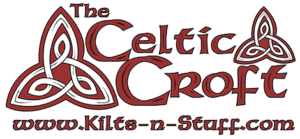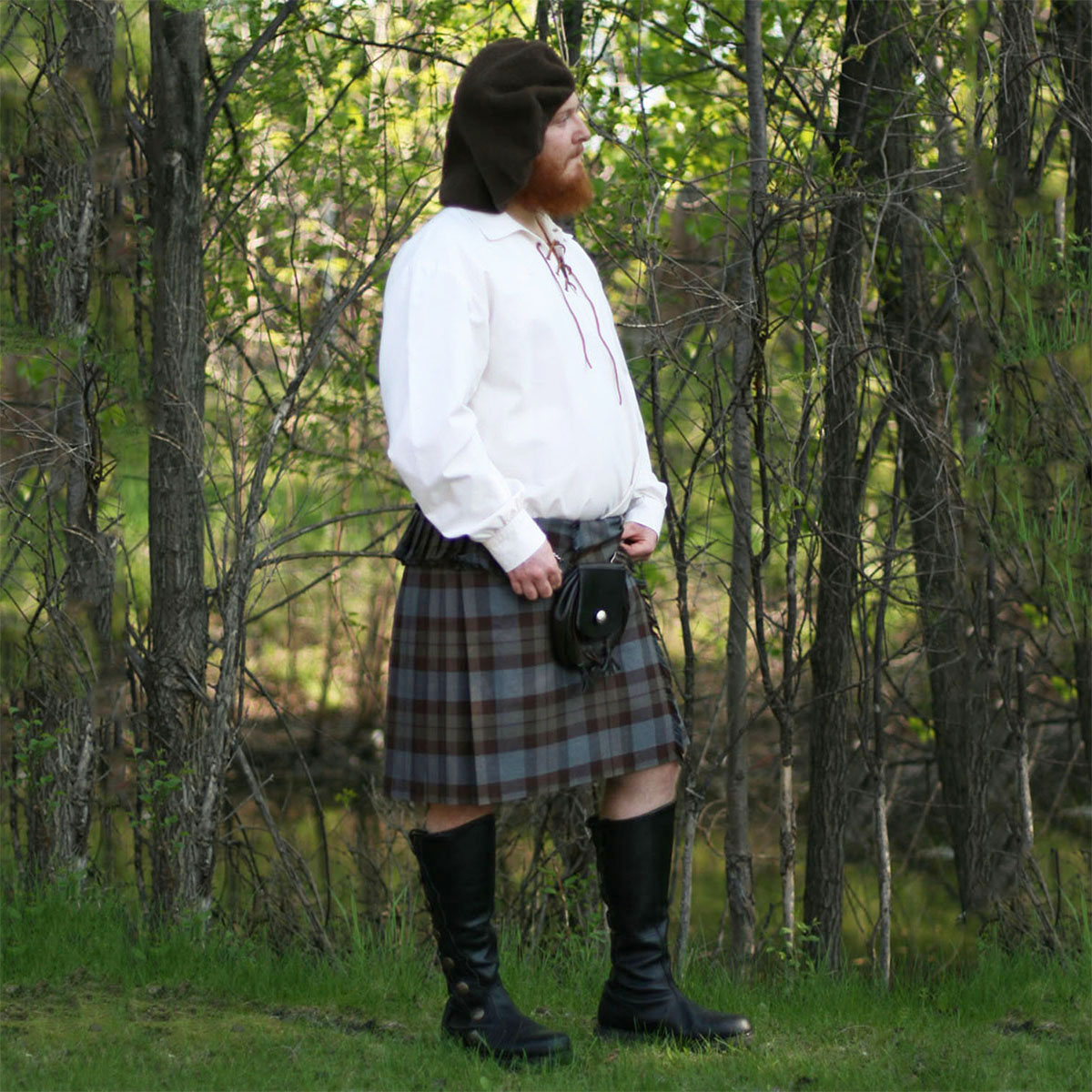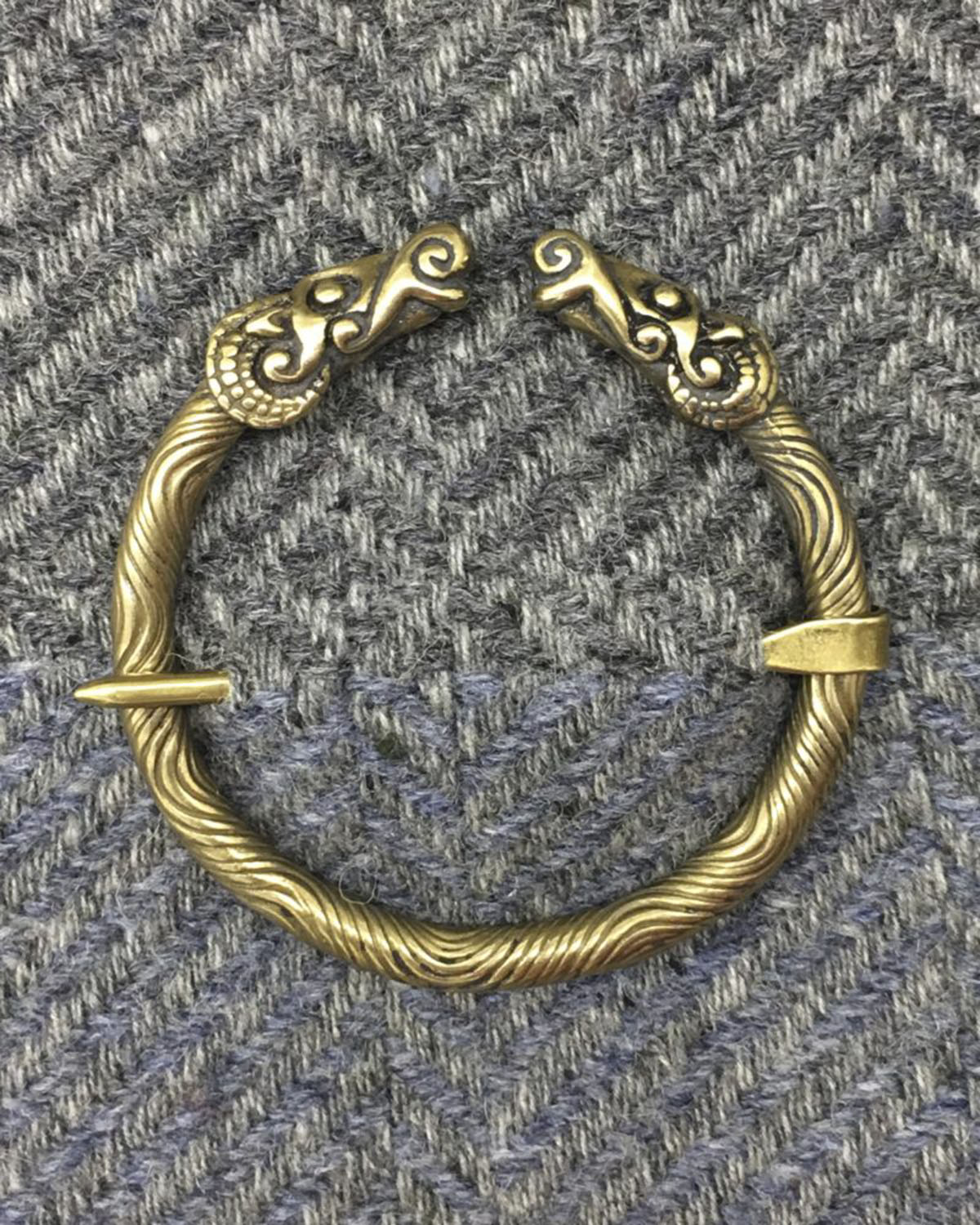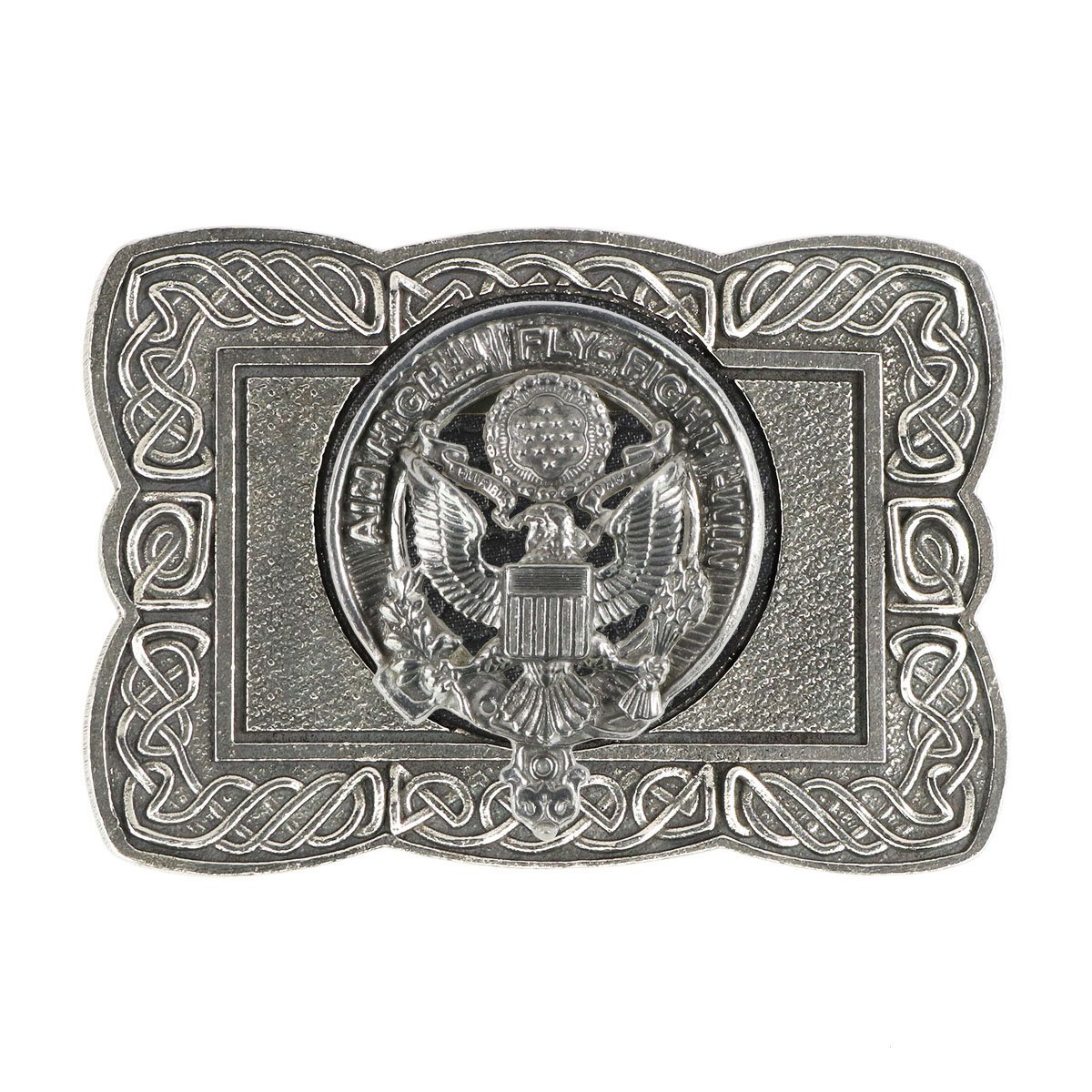Originally Published October 2006.
“Discovering” the Celts
Although in modern terms most people think of Scotland and Ireland as being the homes of the Celts, we have to remember that Celtic tribes actually controlled or influenced much of northern Europe from the Iberian Peninsula (Spain) to the Upper Danube River. So in the next few articles I thought I would look at the early Celts rather than the Scots and Irish as are so much discussed as “Celts”.
It was during the mid-nineteenth century that interest in Celtic peoples began blossoming among scholars and the public. This interest was spurred by two spectacular archaeological finds, one at Hallstatt in Austria and another at La Tene in Switzerland. These finds increased a public interest in Europe’s past that had already been sparked by the adoption of new scientific approaches to the excavation and documentation of archaeological digs.
Hallstatt
From 1846 to 1863 excavations at the Austrian Hallstatt site revealed a one of the richest cemeteries of it’s kind. About 1000 graves were discovered which belonged to an iron age salt mining community. Most of the graves date from the seventh and sixth centuries B.C. and included “chieftains” graves with sumptuous funerary offerings as well as a wide range of broaches, pins, weapons, pottery and imported Italian bronze containers which helped to date the graves. Excavations of the accompanying salt mines revealed clothing, mining equipment, and even the body of one of the miners which had been preserved by the rock-salt of the mine.

La Tene
La Tene was first identified as an archaeological site in 1857 when a group of ancient timber piles were found driven into the bed of Lake Neufchatel in Switzerland. Early investigations revealed iron tools and weapons in the mud around the timbers. During the 1860’s and 1880’s drainage and dredging operations brought to light additional artifacts as well as human remains. Excavations continued until 1917 and over the years investigators found over 160 swords, 269 spearheads, nearly 400 fibulae as well as bronze cauldrons, razors, belt clasps iron ingots and numerous other artifacts.

There has been some debate among scholars as to whether La Tene was a trading center, frontier outpost, or possibly a religious center, but it remains one of the key archaeological sites which provide an understanding of European Iron Age art and technology.




